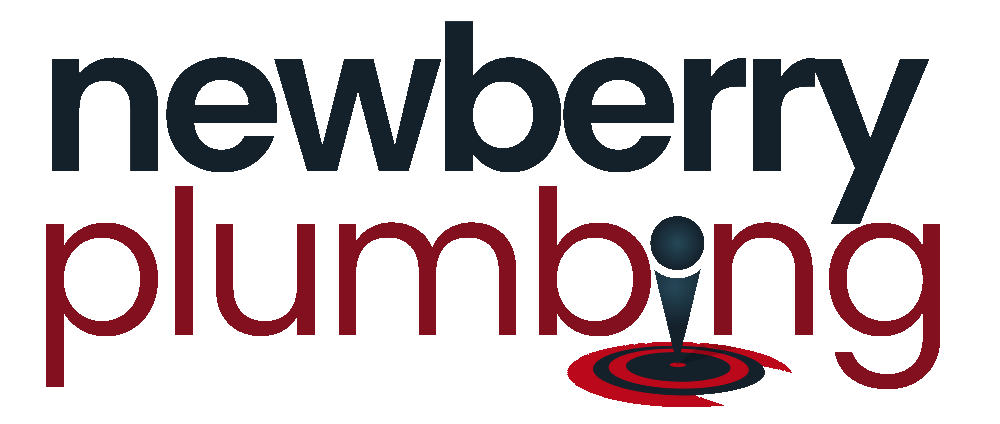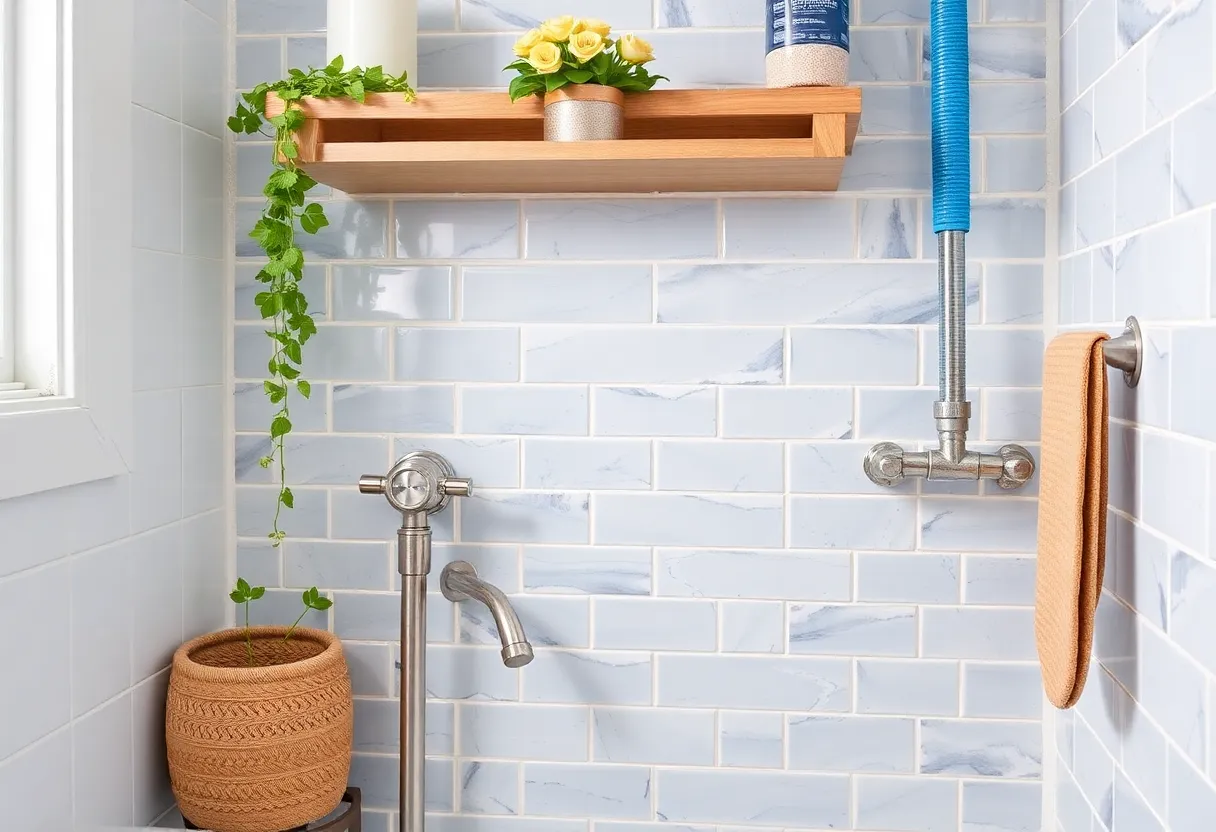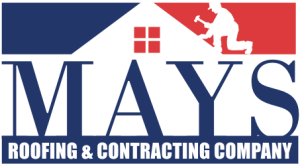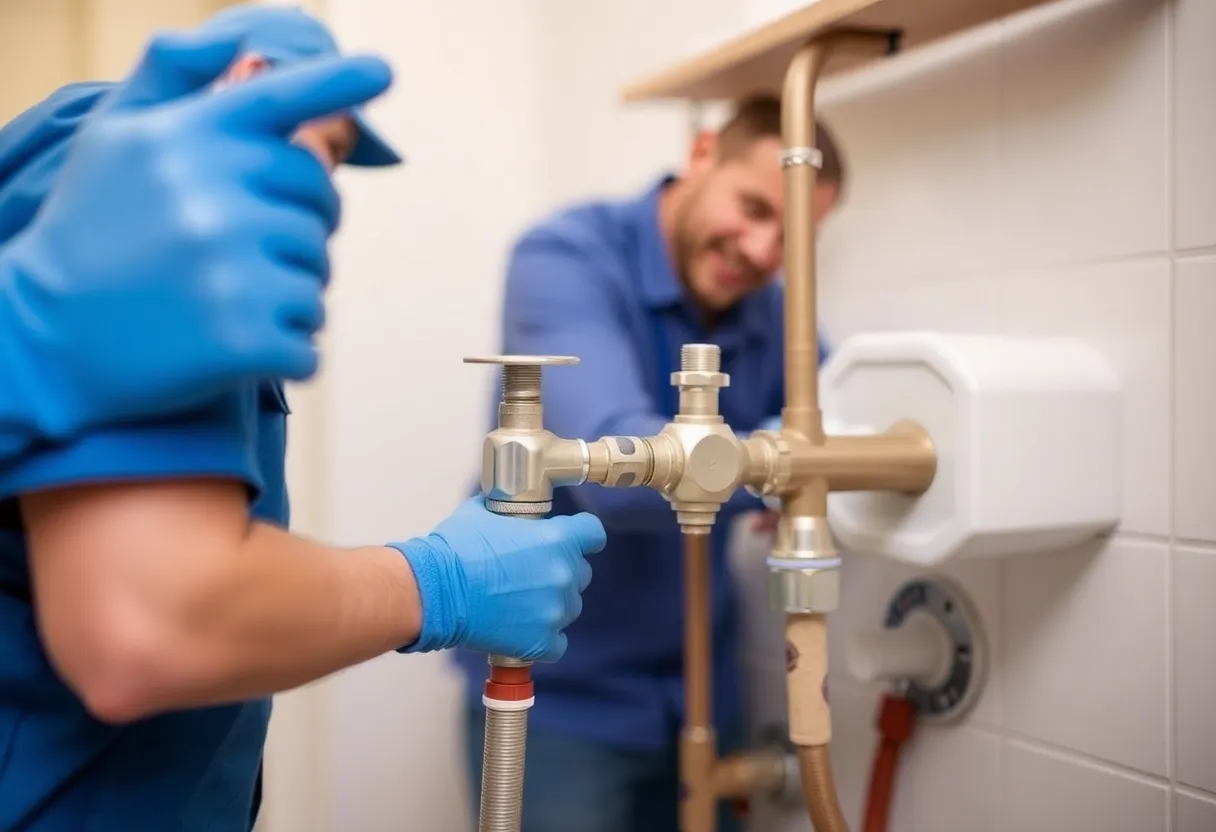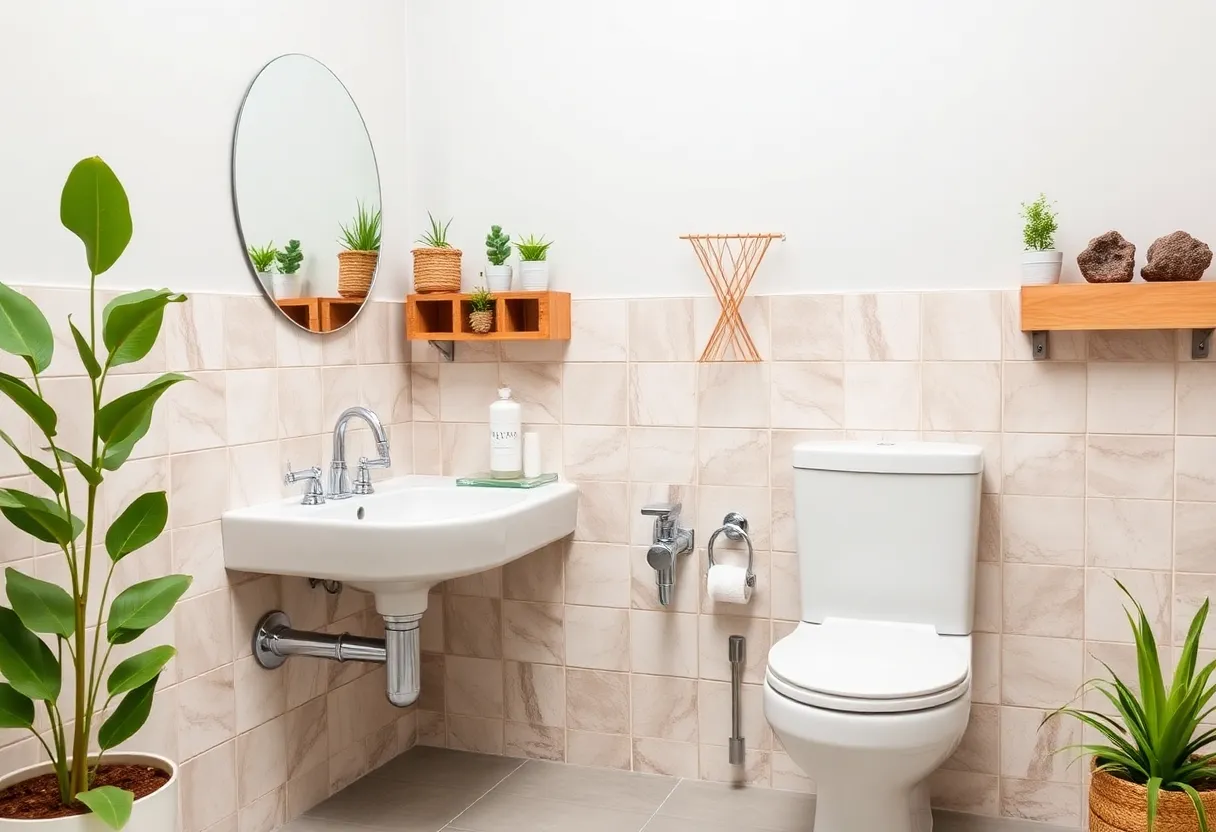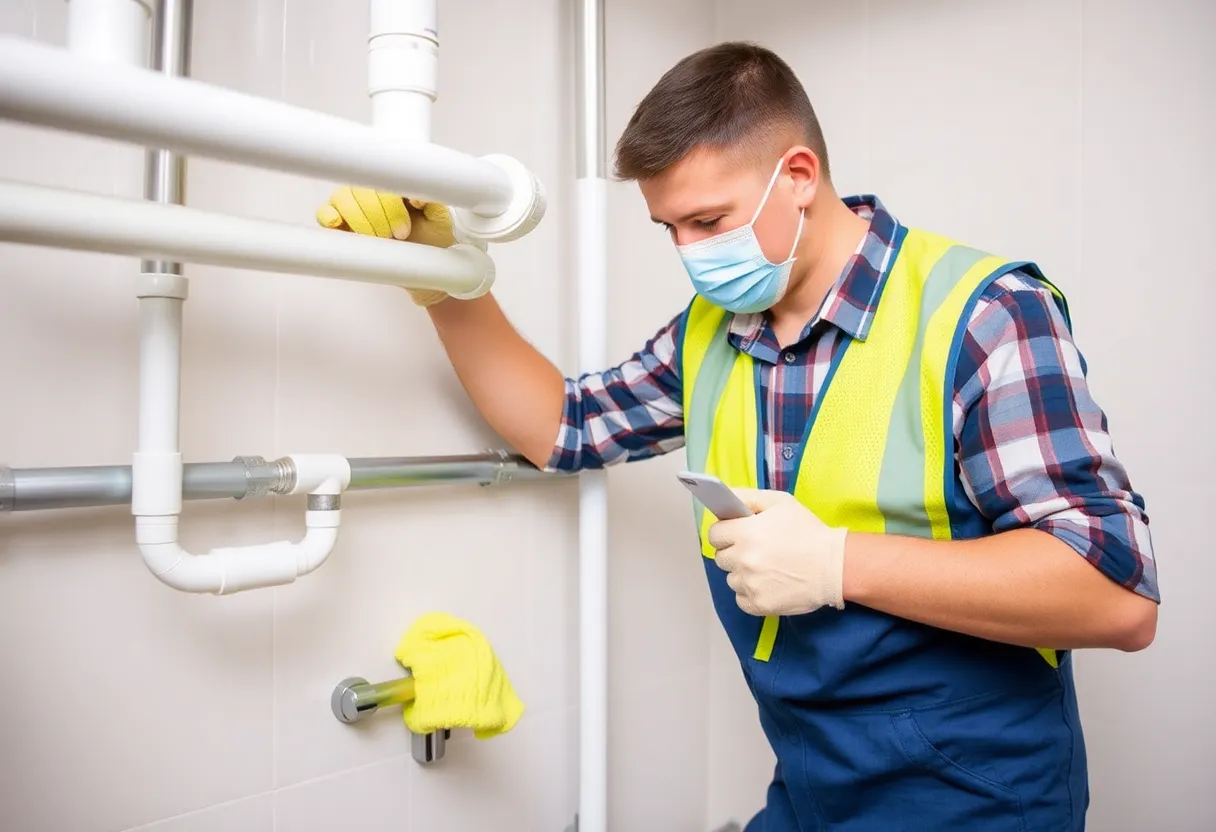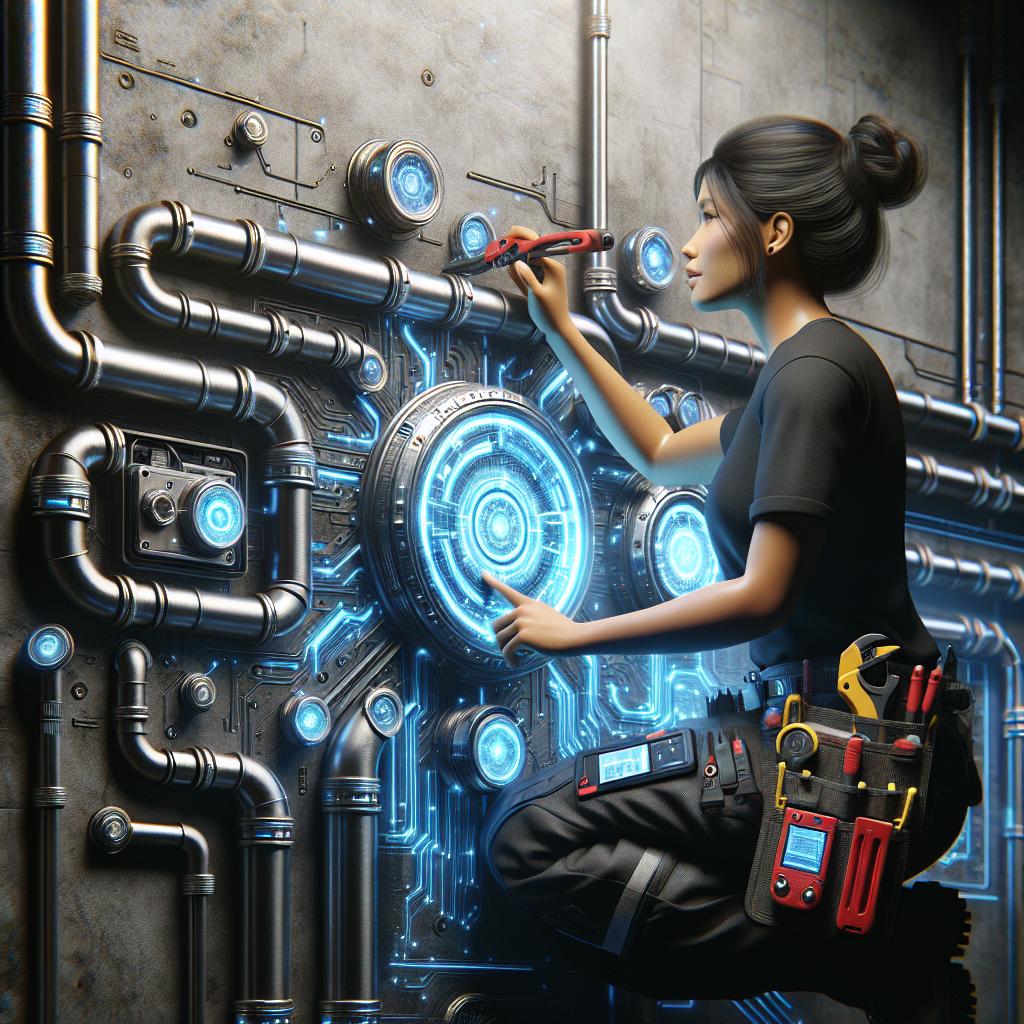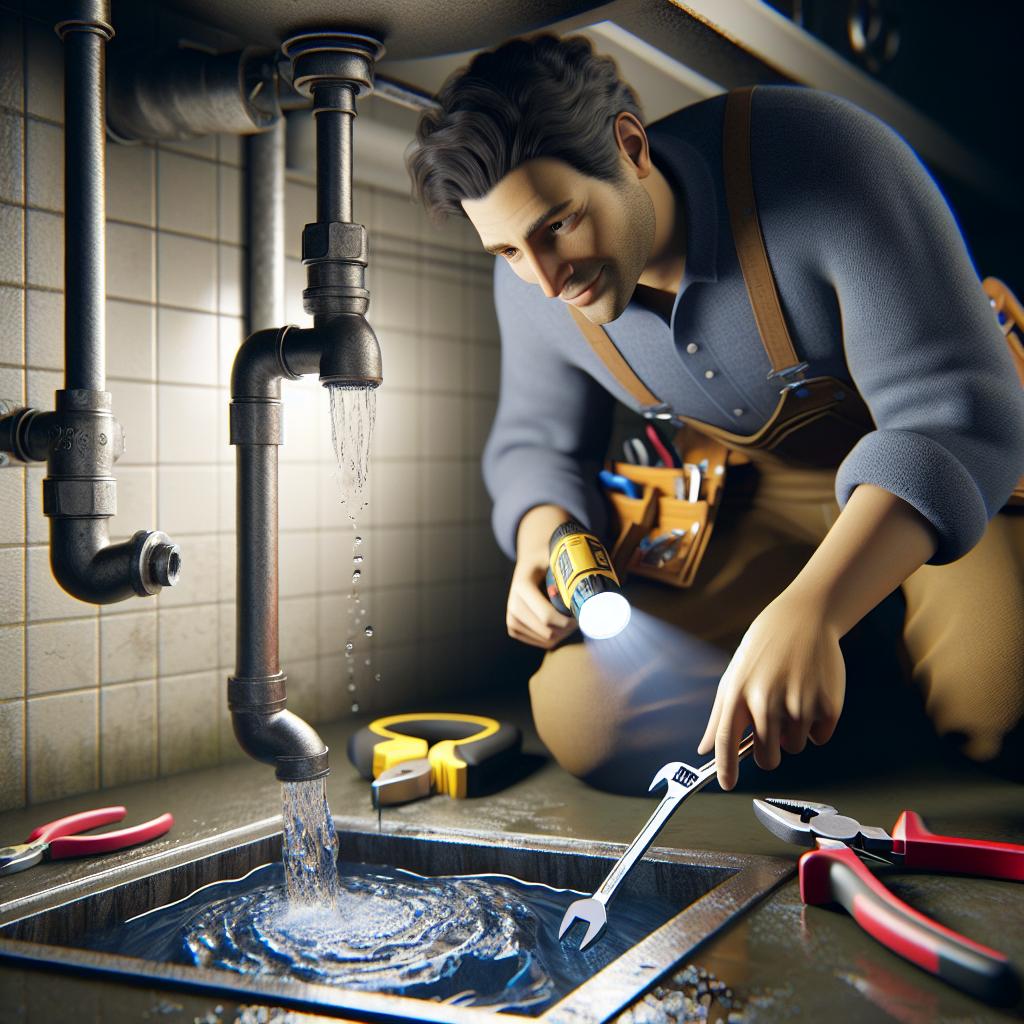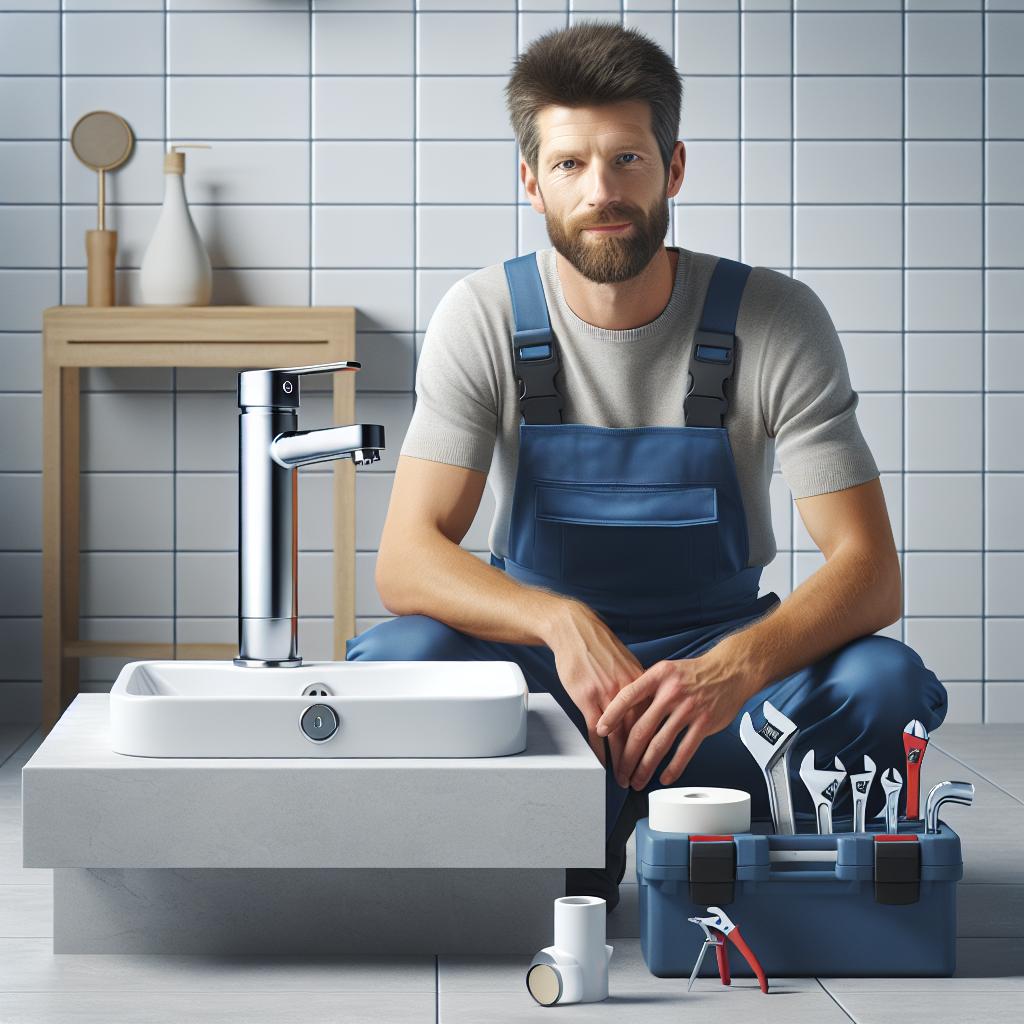The Plumbing Goldmine: 9 Surprisingly Affordable Upgrades to Maximize Your Home’s Water Efficiency
In today’s world, where sustainability and cost-effectiveness are paramount, water efficiency has become a critical aspect of home maintenance and improvement. Not only does improving your home’s water efficiency contribute to environmental conservation, but it can also lead to substantial savings on your monthly utility bills. Below, we explore nine surprisingly affordable upgrades you can implement in your home to maximize your water efficiency.
1. Install Low-Flow Fixtures
One of the easiest and most effective ways to save water is by installing low-flow fixtures in your bathroom and kitchen. These include low-flow showerheads, faucets, and toilets that are specifically designed to reduce water consumption without compromising performance.
Low-Flow Showerheads
Switching to a low-flow showerhead can significantly reduce your water usage during showers. Many models use less than 2.5 gallons per minute (gpm), compared to traditional showerheads that may use up to 5 gpm. This switch alone can save you hundreds of gallons of water every month.
Low-Flow Faucets
Upgrading to low-flow bathroom and kitchen faucets is another simple change. These fixtures introduce air into the water stream, providing a strong flow while using less water—typically around 1.5 gpm compared to the standard 2.2 gpm.
High-Efficiency Toilets
Replacing your old toilet with a high-efficiency model can cut down water consumption by up to 60%. Modern toilets use as little as 1.28 gallons per flush (gpf), while older models often exceed 3.5 gpf. Investing in a new toilet can lead to significant long-term savings.
2. Conduct Regular Leak Checks
Leaks can be a silent drain on your household’s water efficiency. A single dripping faucet can waste gallons of water over time. To combat this, make it a habit to conduct regular inspections of your home’s plumbing system.
Identify Common Leak Sources
Check under sinks, around toilets, and in your basement for any signs of moisture. Look for water pooling around pipes or stains on walls. If you detect a leak, it’s crucial to fix it immediately.
Monitor Your Water Meter
To further ensure there are no hidden leaks, monitor your water meter when all water is shut off. If it continues to run, you likely have a leak somewhere in your system.
3. Invest in Smart Water Meters
Smart water meters are an innovative technology that allows homeowners to track their water usage in real-time. These devices can provide detailed insights into your consumption patterns, alert you to leaks, and help you make informed decisions about your water usage.
How Smart Meters Work
Smart meters connect to your home’s Wi-Fi network and allow you to monitor your water usage through a smartphone app. By analyzing consumption trends, you can identify areas where you can cut back.
Benefits of Smart Meters
Beyond just monitoring usage, these devices can alert you to unusual spikes in water consumption indicative of leaks, saving you from costly damages and unnecessary expense.
4. Implement Rainwater Harvesting Systems
Rainwater harvesting is a sustainable practice that captures and stores rainwater for later use. This method can significantly reduce your reliance on municipal water sources and lower your water bills.
How to Set Up a Rainwater Harvesting System
A basic rainwater harvesting system typically includes a rain barrel connected to gutters. As rain falls on your roof, it flows into the barrel, which can store hundreds of gallons of water for later use.
Utilizing Harvested Water
The collected rainwater can be used for various purposes, such as watering lawns, gardens, or even flushing toilets. However, it’s essential to check local regulations regarding rainwater usage for irrigation and non-potable applications.
5. Optimize Your Irrigation System
If you have a garden or yard requiring watering, optimizing your irrigation system can make a sizable impact on water efficiency. Traditional systems often waste water through evaporation, runoff, or overwatering.
Install Drip Irrigation Systems
Drip irrigation systems deliver water directly to the roots of plants, minimizing evaporation and runoff. This method is far more efficient than traditional sprinklers and can save up to 50% more water.
Use Smart Timers
Incorporating smart timers that adjust based on weather conditions can drastically reduce water waste. These devices can schedule when and how long to water your plants, ensuring optimal moisture levels without overwatering.
6. Insulate Your Pipes
Insulating pipes might seem unrelated to water efficiency, but it plays a vital role in minimizing heat loss. When hot water travels through uninsulated pipes, it can cool quickly, leading you to run the tap longer to get hot water.
Benefits of Pipe Insulation
By insulating your hot water pipes, you can maintain a consistent water temperature, reducing the amount of water wasted while waiting for it to heat up. Additionally, it can help reduce energy costs related to heating water.
How to Insulate
Insulation sleeves, commonly available at home improvement stores, are an affordable and straightforward solution to insulate your pipes. They can be cut to the desired length and easily installed around existing pipes.
7. Upgrade Your Appliances
Modern appliances are designed with water efficiency in mind. Upgrading to Energy Star-rated models can lead to significant improvements in your home’s overall water consumption.
Washing Machines
Newer washing machines use as little as 15 gallons of water per load, compared to older machines that may use up to 40 gallons. While the initial investment may be higher, the long-term savings on water and energy costs can quickly add up.
Dishwashers
Similar upgrades can be made in the kitchen. Energy-efficient dishwashers are designed to use less water while still delivering optimal cleaning performance, enabling you to save both water and energy with each wash cycle.
8. Practice Mindful Water Usage
Sometimes, the best approach to enhancing water efficiency is through mindful usage habits. Simple behavioral changes can contribute significantly to reducing overall water consumption.
Be Conscious When Showering
Try to limit showering times or install timers to keep your bathing time in check. Even reducing daily showers by a few minutes can save tens of gallons of water each week.
Turn Off the Tap
Make a habit of turning off the tap while brushing your teeth or shaving. This small adjustment can save more than 200 gallons of water a month.
9. Educate Your Family
One of the most effective strategies for enhancing water efficiency is ensuring that everyone in your household understands its importance. Educating your family on water-saving practices can instill lifelong habits.
Set Household Goals
Consider setting household goals for reducing water usage. Tracking progress together can be an excellent motivator and encourage teamwork to achieve common targets.
Provide Resources for Learning
Use educational resources to raise awareness among your family members about current environmental issues and how water efficiency plays a role in sustainability.
Conclusion
Maximizing your home’s water efficiency doesn’t have to be a costly endeavor. By implementing these nine surprisingly affordable upgrades, you can save money, conserve this precious resource, and contribute to environmental sustainability. Whether you begin with low-flow fixtures or set household water usage goals, every little action counts toward building a more water-efficient home.
By taking proactive steps and remaining educated about water efficiency, you will not only enhance the quality of life in your home but also become a responsible steward of our planet’s water resources. Start today—your wallet (and the Earth) will thank you.
